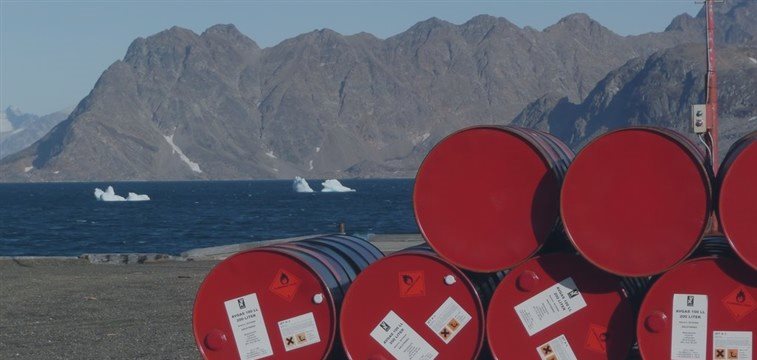Oil inventories are surprisingly hovering near 80-year highs even as oil prices have tumbled by more than half since crude oil’s peak last June.
The American Petroleum Institute's report showed late Wednesday there was a jump of 14.3 million barrels in crude supplies for the week ended
Feb. 13 — prompting some following the oil market to call it
“ridiculous,” “shocking,” or “gargantuan.” and was shocking for traders.
When early Thursday the U.S. Energy Information Administration released its data, the market seemed to breathe a collective sigh of relief, even though the 7.7 million-barrel climb reported by the government agency was more than twice that the 3.1 million-barrel increase analysts polled by Platts expected. Oil futures significantly pared their losses on the New York Mercantile Exchange after the EIA news Thursday.
Early Friday, crude-oil futures were trading flat trading at $51.83 in choppy trading.
Supplies are rising due to 9.28 million barrels a day of crude output in the U.S. — the highest since April 1973, and the U.S. also has the most land-based storage for crude because of a “boom by Master Limited Partnerships in the last four years,” which added quite a bit of crude-oil “tankage,” said Tom Kloza, global head of energy analysis for the Oil Price Information Service.
“No
one really knows what the ‘all full’ level” for storage is, though some
reasonable guesses are 450 million to 460 million barrels," Kloza said quoted by MarketWatch.
The largest U.S. refinery workers strike since 1980 added to that, as it has come just as refineries are starting their seasonal maintenance, which generally runs from February through late spring. Slowdowns in refining eased demand for crude — and so does the strike at West Coast ports.
The “West Coast port mess equals not enough truck movements and not enough diesel demand, so crude oil just backs up all over again,” said Richard Hastings, a macro strategist at Global Hunter Securities.
It’s no wonder that the continuing declines in the number of rigs drilling for oil hasn’t helped alleviate the nation’s surplus.
U.S. stockpiles of crude indeed continue to increase and the EIA referred to the 425.6 million-barrel total as “the highest level for this time of year in at least the last 80 years.”
It is necessary to note that API and EIA reports calculate inventories differently.
“Bottom line is the API data [are] voluntary,” notes John Macaluso, research analyst at Tyche Capital Advisors. But for companies which carry or store 1,000 barrels or more of crude oil, the EIA’s survey is mandatory.
And “it always seems that API tries to catch up with EIA data, which is a much more detailed report,” said Macaluso.
The API said last week that crude stockpiles rose 1.6 million barrels for the week ended Feb. 6, while the EIA said they were up 4.9 million.



